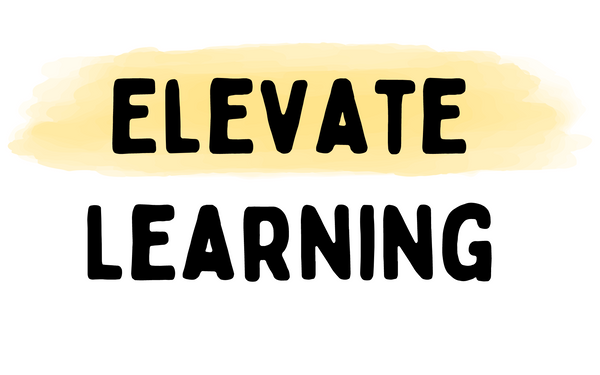1. It's mastery based, designed to go at your own pace. Because nearly all of my professional and tutoring experience is with students who needed extra support, all of this support is built into the program. At the same time, students who learn quickly are able to move on as soon as they are ready, providing easy differentiation.
2. It's affordable. My goal was to create a comprehensive K-2 program from under $100. The instructor's guide digital downloads are available for $10 each. While the student pages are highly recommended, it is possible to use the program with only the instructor's guide. It can be printed at home or the parent can read it from a device.
3. Few extra materials are needed. If needed, this program can be completed with only a pencil and paper. Individual letter tiles and a whiteboard are highly recommended for ease of use, but if a parent is on a strict budget, an instructor's guide, paper, and pencil is all that's needed.
4. It includes handwriting, reading, and spelling. The latest research includes the value of all three of these being taught in union. Students are instructed to "decode" (read) and "encode" (spell). These two skills support each other. For students who are quick learners, I recommend focusing on the "encoding" aspect of this curriculum, having the student both read and spell the words from that unit.
5. It's simple and easy to use. The lessons are loosely scripted. The first few lessons explain how to complete each step. Then, further lessons include a two page spread. Open and teach. The Student Pages have simple games and activities to complete after every 5 lessons. You can pick the ones that your child enjoys the most or save a longer activity for a day that you have more time.
